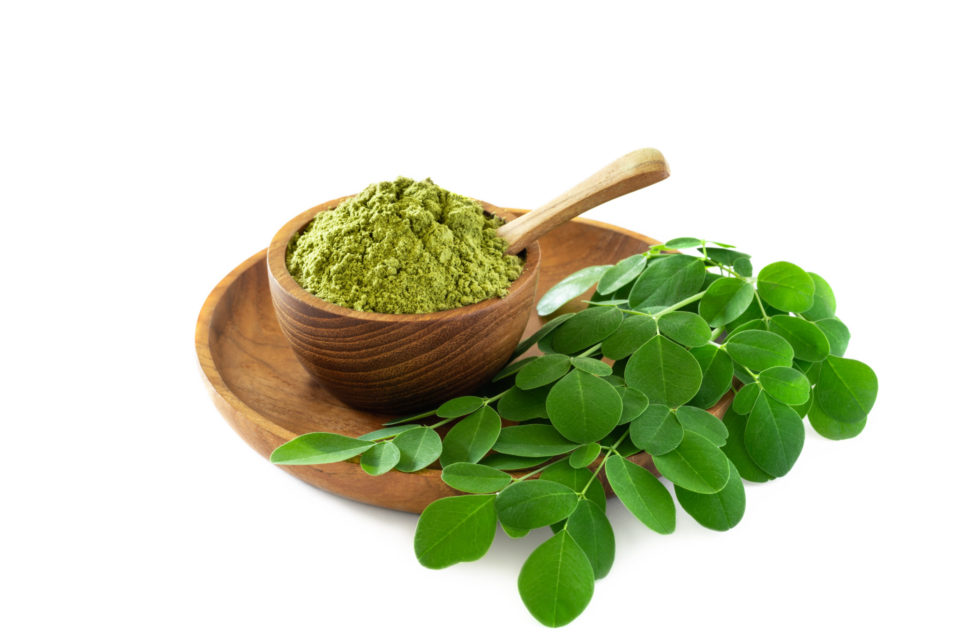It’s Not Just Mumbo-Jumbo – Buzz-Worthy Exotic Ingredients and their Benefits

Jessica is an (RHN) honors graduate from CSNN with 15+…
These days there are tons of trends popping up in the culinary category. Some are ancient finds staking claims about their nutritional value, while others are just jumping into the super food arena and owning some nutritional benefit. We want to help you navigate this journey and so here we have highlighted a handful of gems so that you can learn a bit more about their origin, benefits and also how to use them.

BAOBAB – a native tree that grows in Africa, Australia and Arabia called “Tree Of Life”. Its fruit seeds are consumed in a dried powder form and have a sour-tart flavour similar to a citrus/mango. The powder is rich in Vit C (said to have 10x that of an orange), potassium and claimed to have anti-microbial, anti-bacterial properties, and may aid with anemia and digestive maladies. Additionally, the fruit fibre provides pre-biotic affects to improve healthy gut bacteria.
How to use: incorporate into smoothie, baking, dressings, chocolate dishes, yogurts, granolas.
MORINGA – Touted as “The Miracle Tree”, its origins date back to India where it has been used medicinally for thousands of years. Today, it’s sold as a superfood, medicinal plant and health food. Moringa powder is produced from the dried leaves and has a pleasant spinach-like flavour. Similar to its counterparts, moringa is rich in antioxidants, vitamins and minerals and most widely recognized for aiding anemia, and blood sugar problems. Nutritionally, moringa surpasses both kale and turmeric and is quickly growing in popularity as the ‘next’ Golden Green milk latte.

How To Use: Sprinkle atop meals as you would salt/pepper – soups, stews. Try in a smoothie or mix as you would matcha for a latte
LUCUMA – “Golden Food”, a fruit native to Peru and consumed by Incas for centuries. The natural sweetness of this ingredient and low GI make it a popular choice for diabetics. The fruit is high in beta carotene (btw, this is how the powder gets its orange hue) rich in trace minerals, Vit B-3, iron, zinc and protein.

How to use: incorporate into smoothies, baking, ice cream, yogurts, sweeten and/or substitute sugar in a cup of hot cocoa, or add to a bowl of oatmeal or fold into a nut butter for a sweeter spread.
BLUE MAJIK – Foodie’s are going banana’s over this hottest Pinterest and IG picture-worthy blue hue’d superfood. Blue majik is a proprietary chemical-free extract of its close relative (and veteran titan superfood) spirulina, a blue-green algae, aka seaweed. Its nutritional benefits mirror that of spirulina; high in protein and rich in antioxidants with a plant-based source of B12 Its price tag will set you back at nearly $1/gram, but its blue-hue comes from phycocyanine (not found in any other food) is a deeply detoxifying antioxidant that fights inflammation and combats free radical damage.

How to Use: Literally, anything! Allow your imagination to run wild with this superfood….sushi, pasta, chia pudding, ice cream, pancakes, blue-milk lattes or cream cheese topped toast? Add a pinch and the colour of your food transforms into eye catching masterpieces.
MONK FRUIT – Native to South-East Asia and suggestive of its name ‘monk’ – this fruit has been used by Buddhist monks since the 13th century. Attention for this ingredient gained popularity in direct proportion to those looking for sweetener alternatives. Monk fruit can be used as a 1:1 replacement for any sugar and has a pleasant sweetness unlike some of the other alternatives on the market. Remarkably, it has zero calories, zero carbs, causes no bloating or gas and does not raise blood glucose levels; making it a top choice for diabetics or those watching their waistlines.

How To Use: Conveniently sold in powder or liquid, this ingredient can be used to sweeten anything from baking, to beverages.
What's Your Reaction?
Jessica is an (RHN) honors graduate from CSNN with 15+ years’ experience within the health food industry with a keen interest, passion and expertise in raw, vegan, whole-food, plant-based culinary nutrition. Jessica pioneered the raw food movement in her home-town of Barrie, Ontario opening the first veggie restaurant in the city in 2011. Shortly thereafter she helped launch a Canadian vegan restaurant into the Ontario marketplace – it has since grown into 5 franchises.











